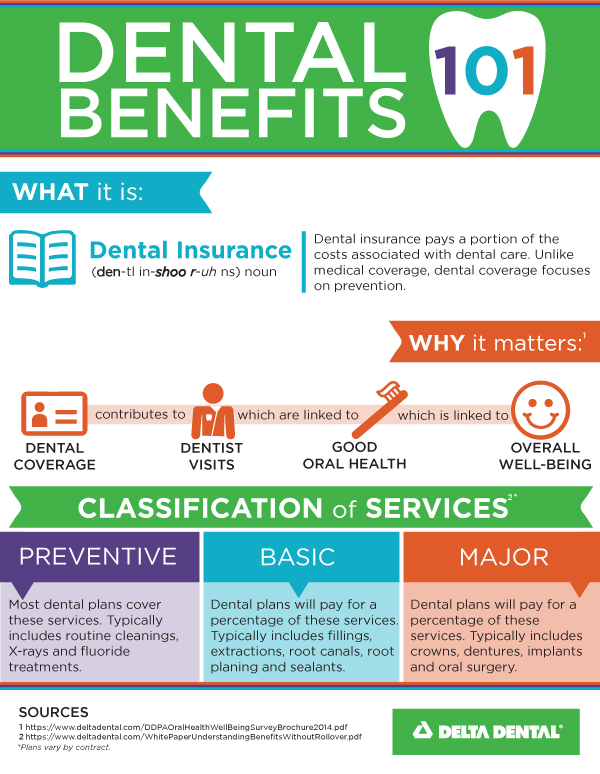The Next Era Of Oral Surgery: Development Innovations And Advancements Improving The Specialty
The Next Era Of Oral Surgery: Development Innovations And Advancements Improving The Specialty
Blog Article
Published By-Jama Browne
Invite to the world of dental surgery, where innovations and breakthroughs are shaping the future of the field! In this interesting realm, you'll witness the transformative power of robotics, the advanced marvel of 3D printing, and the game-changing influence of minimally intrusive strategies.
The future of oral surgery holds a pledge of accuracy, performance, and enhanced client results. With the help of advanced robotics, cosmetic surgeons have the ability to carry out complex procedures with higher precision and control.
3D printing innovation is changing the development of oral implants and prosthetics, supplying customized solutions that fit effortlessly into each person's one-of-a-kind anatomy.
In https://gum-disease-treatment21986.blogacep.com/38185377/are-you-experiencing-dental-discomfort-do-not-think-twice-recognize-the-seven-vital-warning-signs-that-indicate-the-requirement-for-instant-interest-from-a-dental-specialist , minimally intrusive methods are minimizing post-operative discomfort and recuperation time, permitting people to return to their day-to-days live earlier.
Prepare to explore the amazing developments and breakthroughs that are improving the landscape of dental surgery!
Developments in Robotics
One significant development in oral surgery is the use of robotic technology, which allows for accurate and efficient surgical procedures. With the help of robotic systems, dental specialists have the capacity to carry out intricate surgeries with boosted precision, decreasing the threat of human mistake.
These robotic systems are furnished with innovative imaging innovation and accurate instruments that enable surgeons to browse via intricate anatomical frameworks with ease. By utilizing robotic innovation, cosmetic surgeons can attain higher surgical precision, leading to improved client results and faster recuperation times.
Additionally, using robotics in dental surgery allows for minimally intrusive procedures, reducing the injury to bordering cells and advertising faster recovery.
3D Printing in Dental Surgery
To improve the field of dental surgery, you can check out the subtopic of 3D printing in dental surgery. This cutting-edge modern technology has the potential to change the way oral surgeons run and deal with individuals. Here are dentist near me saturday hours in which 3D printing is shaping the area:
- ** Customized Surgical Guides **: 3D printing allows for the production of very precise and patient-specific medical guides, enhancing the accuracy and effectiveness of procedures.
- ** Implant Prosthetics **: With 3D printing, dental cosmetic surgeons can produce customized implant prosthetics that flawlessly fit a person's one-of-a-kind composition, resulting in far better outcomes and client satisfaction.
- ** Bone Grafting **: 3D printing allows the manufacturing of patient-specific bone grafts, lowering the need for conventional grafting methods and boosting recovery and recovery time.
- ** Education and Educating **: 3D printing can be used to produce practical surgical versions for instructional purposes, permitting dental specialists to practice intricate procedures prior to doing them on clients.
With https://www.marketwatch.com/story/align-tech-stock-surges-30-to-lead-s-p-500-as-invisalign-sales-return-to-growth-11675365781 to boost precision, personalization, and training, 3D printing is an exciting growth in the field of dental surgery.
Minimally Intrusive Methods
To further advance the field of dental surgery, embrace the possibility of minimally invasive methods that can greatly profit both specialists and people alike.
Minimally intrusive techniques are transforming the field by reducing medical injury, minimizing post-operative pain, and accelerating the recuperation process. These methods entail making use of smaller cuts and specialized instruments to carry out treatments with accuracy and performance.
By making use of advanced imaging modern technology, such as cone light beam computed tomography (CBCT), doctors can properly plan and implement surgical procedures with minimal invasiveness.
Furthermore, the use of lasers in dental surgery enables accurate cells cutting and coagulation, causing lessened blood loss and decreased healing time.
With minimally intrusive strategies, individuals can experience much faster recuperation, minimized scarring, and boosted outcomes, making it an important aspect of the future of dental surgery.
Verdict
So, as you can see, the future of dental surgery is unbelievably encouraging, with exciting technologies and breakthroughs forming the field.
From the improvements in robotics to using 3D printing and minimally intrusive methods, oral specialists are transforming the means they offer treatment.
While some may bother with the possible expense connected with these developments, it is necessary to bear in mind that these technologies inevitably enhance individual results and lower recovery time, making them well worth the financial investment over time.
